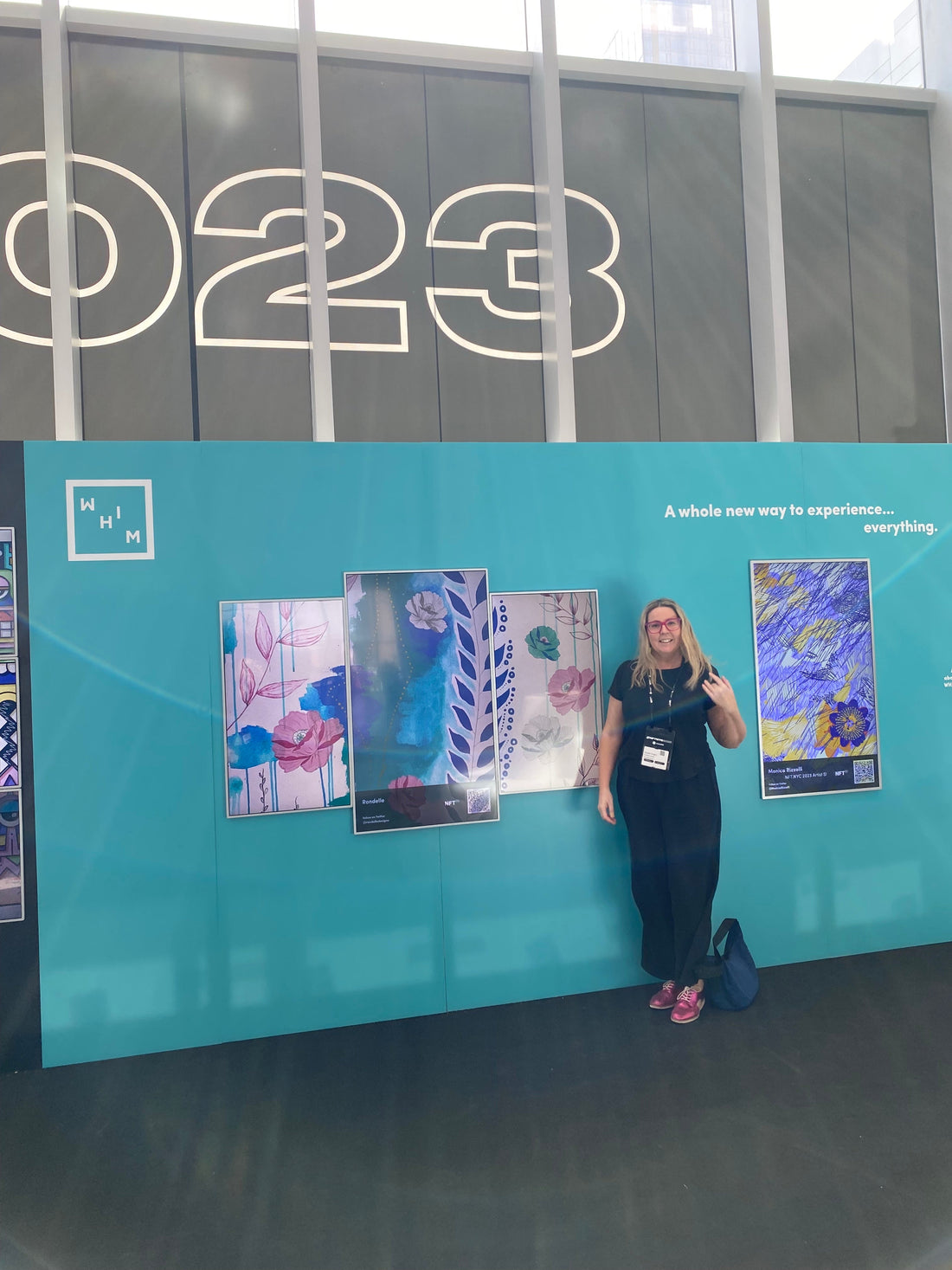
Unlocking the Potential: How Artists Can Leverage NFTs for Success in the Digital Art Market
NFT stands for Non-Fungible Token. To understand what an NFT is, let's break it down. "Token" refers to a digital asset that represents ownership or proof of authenticity. In the case of NFTs, these tokens are based on blockchain technology, which is a decentralized and transparent digital ledger.
The term "non-fungible" means that each NFT is unique and cannot be exchanged on a one-to-one basis with other tokens. Unlike cryptocurrencies such as Bitcoin or Ethereum, which are fungible and can be exchanged for one another, NFTs represent something specific, like a piece of art, collectible, or virtual item.
Artists are leveraging NFTs to create and sell 1/1 (one of one) art pieces in a digital format. By minting their artwork as NFTs, artists can establish ownership, scarcity, and provenance for their creations in the digital realm. Each NFT is associated with a specific artwork and contains metadata that verifies its authenticity and uniqueness.
Once an artist mints their art as an NFT, they can list it on various online marketplaces specifically designed for NFT transactions. These marketplaces provide a platform for artists to showcase and sell their digital creations directly to collectors and enthusiasts. Interested buyers can then purchase these NFTs using cryptocurrency, usually Ethereum.
The ownership of an NFT is recorded on the blockchain, providing a permanent and transparent record of the transaction. This ownership can be transferred to other individuals, allowing the NFT to change hands in subsequent sales or be traded on various platforms.
NFTs have gained popularity due to their potential to provide artists with new opportunities for monetizing their digital creations. They enable artists to sell their work directly to a global audience without the need for intermediaries like galleries or auction houses. Additionally, NFTs offer the potential for artists to receive ongoing royalties or secondary sales revenue when their NFTs are resold in the future.
It's important to note that the world of NFTs is evolving rapidly, and there are ongoing discussions and debates surrounding their potential for copyright infringement and market sustainability. However, NFTs continue to be a fascinating development at the intersection of art and technology, providing artists with innovative ways to showcase and sell their work in the digital realm.
